In English
12 de setembro de 2022
Species at risk – Level 3
Article published in Joca 193
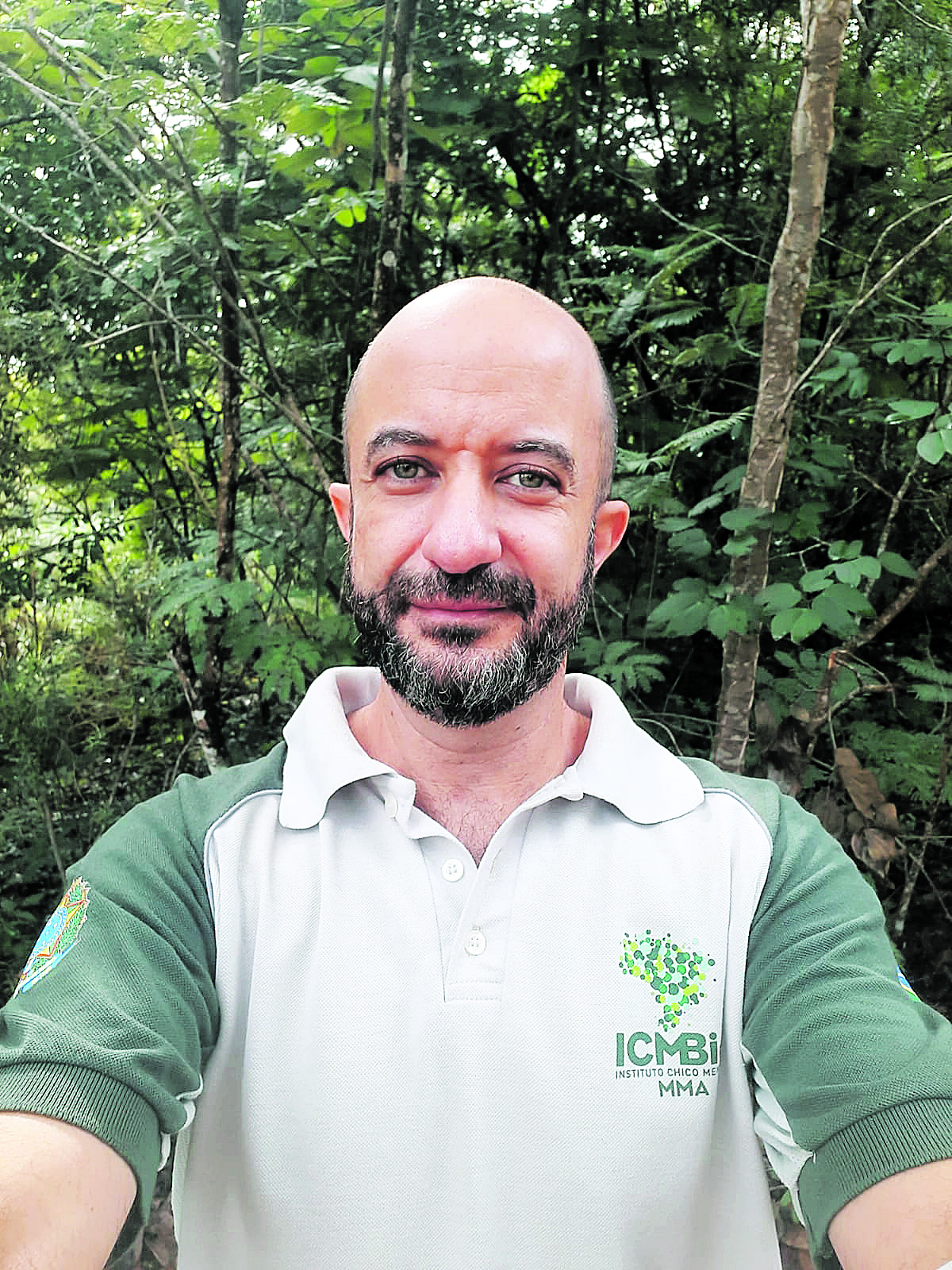
An updated official list of animals and plants under threat of extinction in Brazil was released by the Ministry of the Environment in June. It includes 1,249 species of endangered animals (764 terrestrial and 485 aquatic). For example, the golden lion tamarin, Joca’s mascot, is one of the endangered species.
To learn more about this, junior reporter Isadora P., age 8, spoke to Rodrigo Jorge, an environmental analyst at the National Center for Biodiversity Assessment and Cerrado Research and Conservation (CBC) at the Chico Mendes Institute for Biodiversity Conservation (ICMBio). The entity is connected to the Ministry of the Environment and is responsible for conducting studies to assess the threat of extinction for species among other tasks. Check out the interview.
What does an environmental analyst do?
Environmental analysts act on several fronts. One of them is the one I work in directly, which is to assess the threat of extinction for species. He/she also plans and carries out activity for the conservation of species, analyzes environmental licenses for projects (to reduce the impact of these projects on biodiversity), and [seeks] to ensure that the law regarding environmental protection is being complied with. There is also an essential aspect which is that of ensuring that traditional populations such as indigenous peoples, who often depend on the sustainable use of the environment, are guaranteed their rights to the land.
Which biome has the largest number of animals under threat of extinction in Brazil?
The Atlantic Forest where there are 507 species in total. This accounts for species that exist in other biomes but are also found in the Atlantic Forest. There are 328 species that only occur in the Atlantic Forest (which we call endemic to the biome). This is because the Atlantic Forest is the biome with the least amount of preserved native areas (12.5% of the original area remains preserved). And there still are daily losses in the Atlantic Forest, unfortunately, due to deforestation (either due to real estate expansion or farming and cattle raising), which leads to a loss of habitat for these species. So, in the Atlantic Forest, it is important to focus on projects that restore the original vegetation, which can help decrease the number of endangered species.

Are there species in Brazil that have “resurrected” from extinction or are less under threat? Which ones?
One of the examples that I fi nd very interesting is the blue macaw which was practically extinct in the wild. Work is currently underway to bring macaws, that live with breeders around the world, back to Brazil for rehabilitation and training to survive in the wild. Another interesting case is that of sea turtles. We have fi ve sea turtle species on the Brazilian coast and all of them were endangered. Of these, four have improved their extinction risk category. Of these four, one, the green turtle, has dropped from the endangered species list.
How was the threat of extinction assessed?
The threat of extinction for species is assessed based on an international methodology that was developed by the International Union for Conservation of Nature (IUCN) and is used in several countries. It is based on fi ve criteria that basically consider the population size of a given species (whether increasing or decreasing) and the size of the geographic distribution area of that species (whether very large or small).
And what can we do to stop species from becoming extinct?
The main factor that results in species being categorized as at threat of extinction is loss of habitat, mainly by deforestation. One thing we can do is be conscientious in our consumption daily. For example, being aware of the products we consume, making sure that meat, milk, and agricultural products come from producers who are environmentally responsible, that is, who preserve the legal reserve (proportion of forest that must be preserved according to law) and that minimize the amount of water used, in addition to other kinds of impact on the environment. It is also important for people to be aware when recycling garbage, to monitor deforestation rates, and to remind the government of policies that are favorable to the environment.

Questions
1) Which bird does the interviewee mention is almost extinct in the wild?
a) Blue macaw
b) Macaw
c) Blue macaw
d) Parrot
2) Among the interviewee’s recommendations to prevent species from becoming extinct, which ones do you practice daily?
Source: ICMBio
Ixi! Você bateu no paywall!
Ainda não é assinante? Assine agora e tenha acesso ilimitado ao conteúdo do Joca.
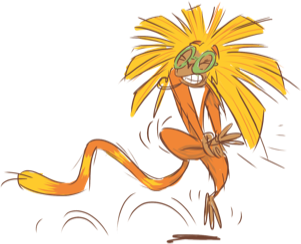
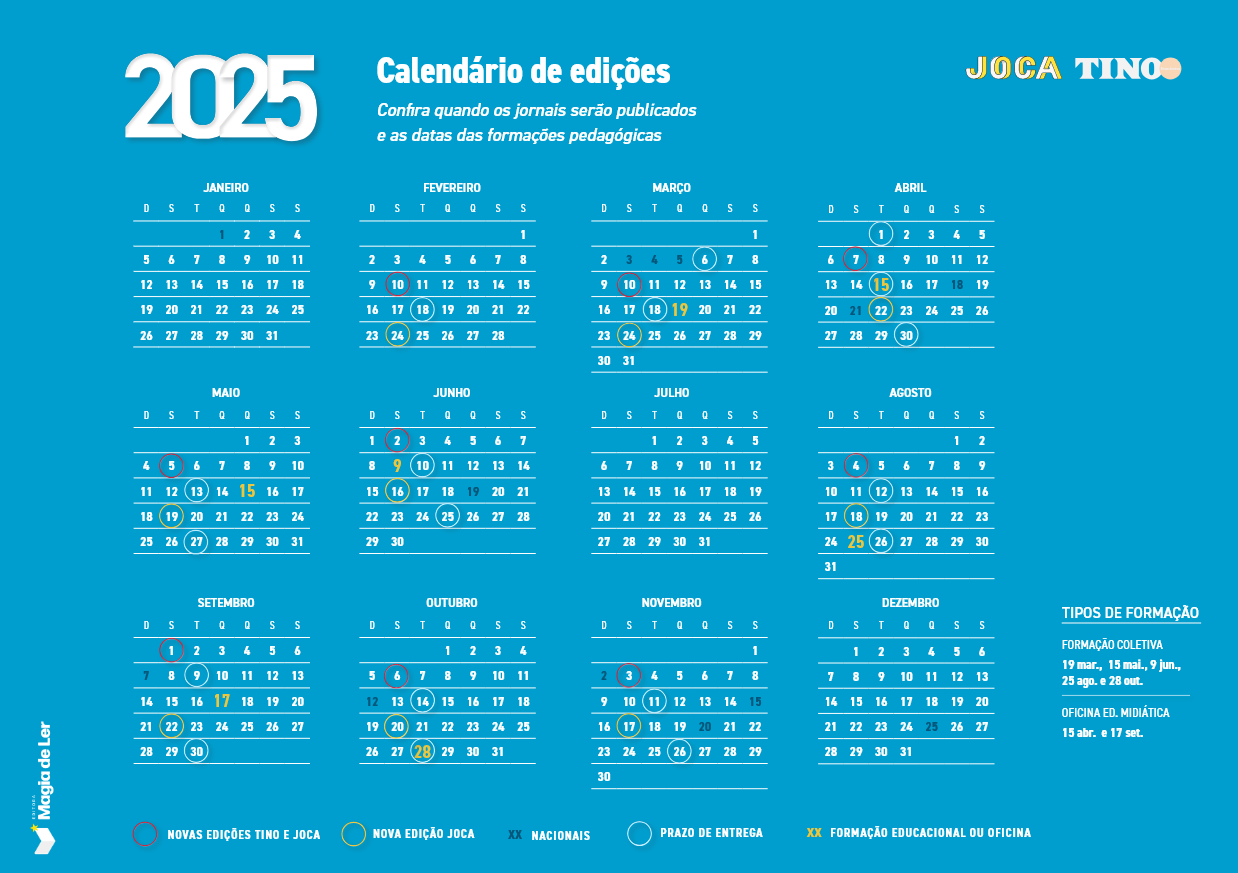




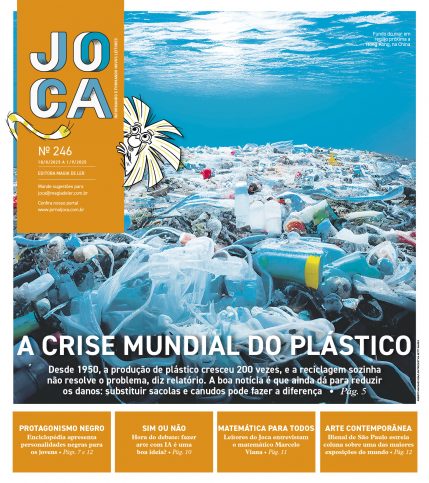

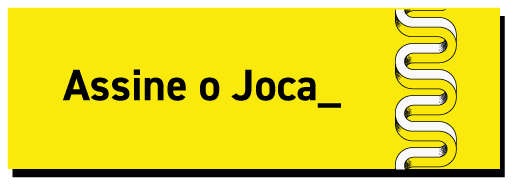

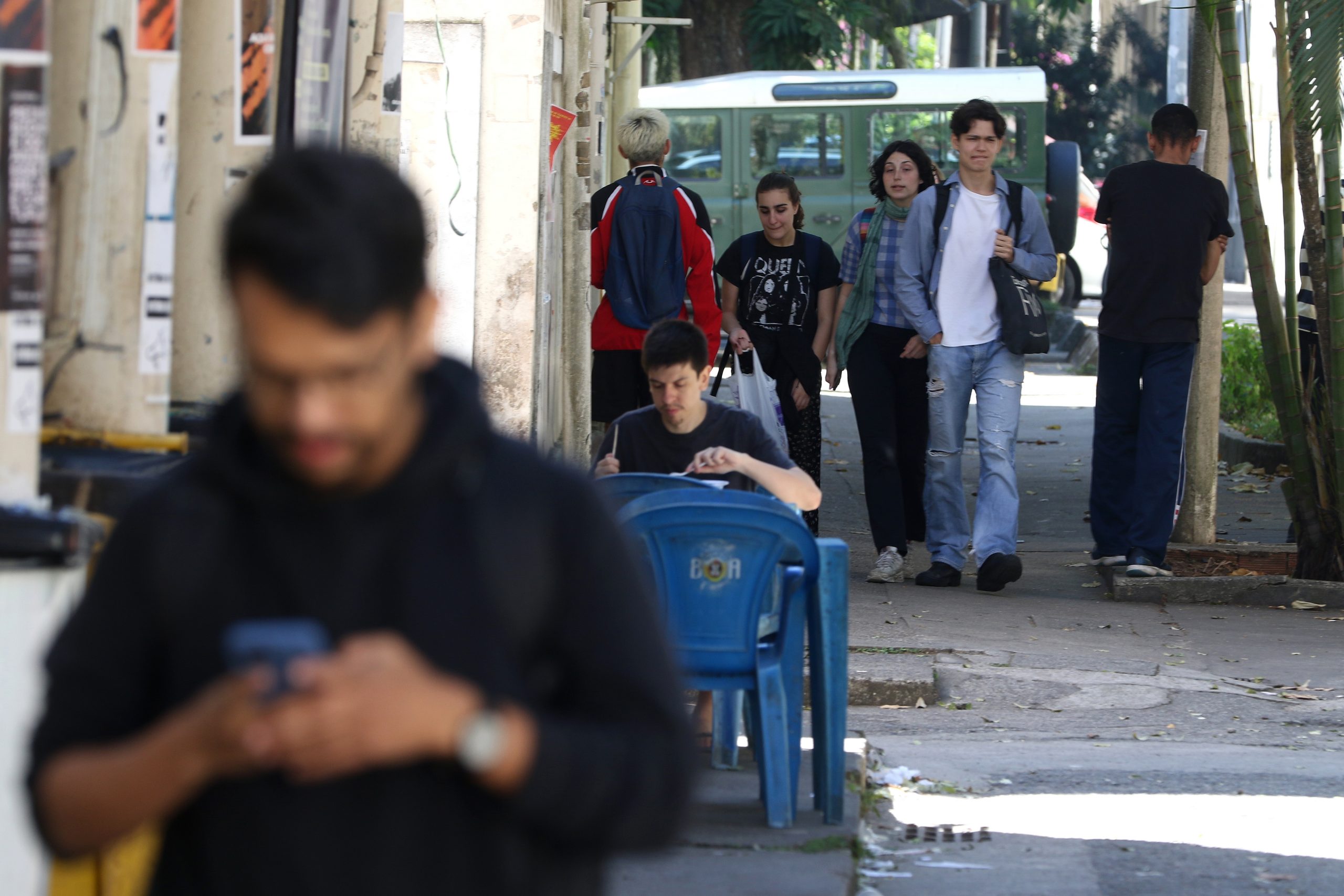
Você precisa fazer o login para publicar um comentário.